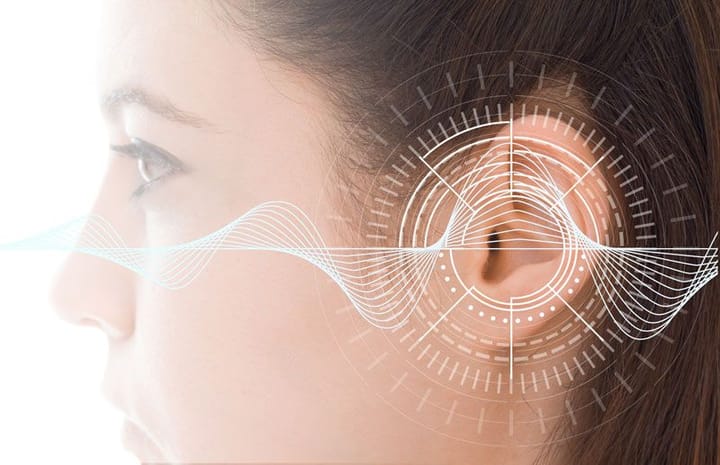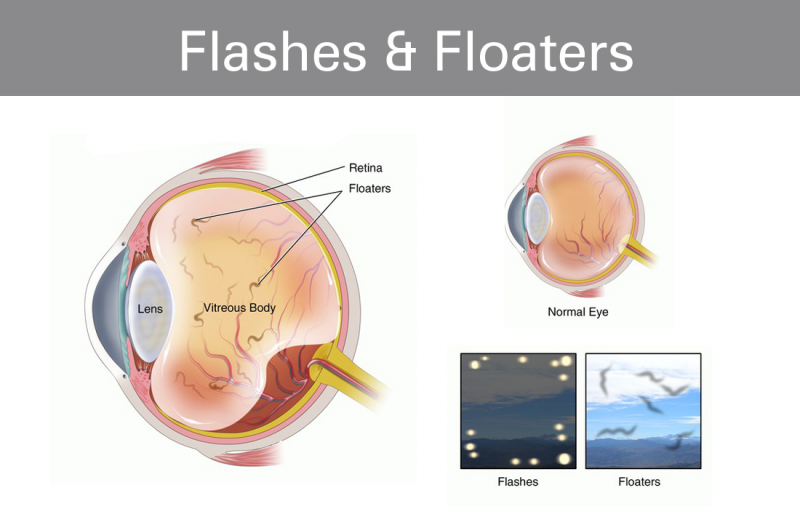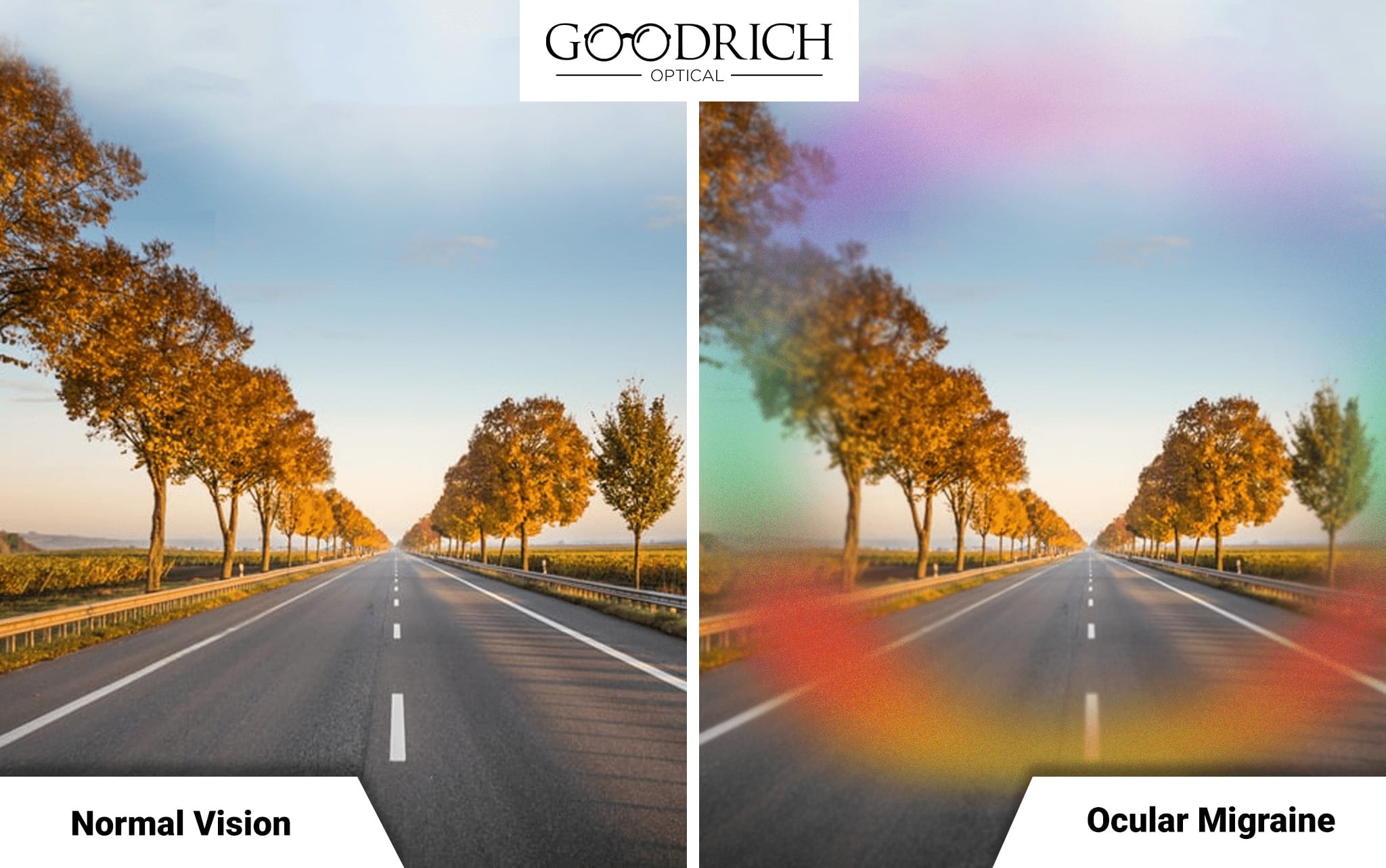Human-Centric Lighting - Enhancing Well-being in Indoor Spaces

In the realm of interior design, lighting has transcended its purely functional role to become a powerful tool for shaping experiences and influencing well-being. Human-centric lighting (HCL), a dynamic and rapidly evolving field, is at the forefront of this paradigm shift. This innovative approach to illumination focuses on mimicking the natural patterns of daylight to promote occupants' health, comfort, and overall quality of life.
Understanding the Science Behind HCL
HCL is rooted in the understanding of how light interacts with our circadian rhythm, the internal biological clock that regulates our sleep-wake cycles, hormone production, and other essential physiological processes. Specialized photoreceptors in our eyes, known as intrinsically photosensitive retinal ganglion cells (ipRGCs), are particularly sensitive to blue wavelengths of light. Exposure to these wavelengths during the day suppresses the production of melatonin, the hormone that promotes sleepiness, keeping us alert and focused. Conversely, reducing blue light exposure in the evening allows our bodies to naturally wind down and prepare for rest.
Traditional lighting systems, with their static color temperatures and limited control options, often fail to provide the dynamic light exposure our bodies need to thrive. HCL systems, on the other hand, utilize tunable white LED technology to adjust the color temperature and intensity of light throughout the day, creating a more natural and beneficial lighting environment.
The Multifaceted Benefits of Human-Centric Lighting
The potential benefits of incorporating HCL principles into interior spaces are far-reaching, impacting various aspects of human health and well-being:
Improved Sleep Quality
Studies have shown that exposure to bright light, particularly in the blue spectrum, during the day can improve sleep quality and reduce daytime sleepiness. HCL systems that deliver higher color temperatures in the morning and gradually shift to warmer temperatures in the evening can help regulate melatonin production, promoting more restful sleep.
Enhanced Mood and Cognitive Function
Research suggests that exposure to bright light, especially in the morning, can have a positive impact on mood, reducing symptoms of depression and anxiety. HCL systems that mimic the spectral distribution of daylight can contribute to improved alertness, focus, and cognitive performance throughout the day.
Increased Visual Comfort and Reduced Eye Strain
By providing adequate illuminance levels and reducing glare, HCL systems can create a more visually comfortable environment, minimizing eye strain and fatigue, particularly for individuals who spend extended periods working on computers or engaging in visually demanding tasks.
Optimized Retail Environments
Retailers are increasingly leveraging HCL to enhance the shopping experience. By adjusting lighting to highlight product colors, create inviting atmospheres, and influence customer behavior, HCL can contribute to increased sales and customer satisfaction.
Implementing Human-Centric Lighting: Key Considerations
Integrating HCL principles into interior spaces requires careful planning and consideration of several factors:
Space Functionality and Occupant Needs
The specific lighting requirements for HCL will vary depending on the function of the space and the needs of its occupants. For example, an office environment may prioritize alertness and focus, while a healthcare setting might emphasize relaxation and comfort.
Light Spectrum and Intensity
The color temperature and intensity of light should be adjusted throughout the day to mimic the natural patterns of daylight. This can be achieved through tunable white LED fixtures that offer a range of color temperatures.
Control Systems and Automation
Advanced control systems allow for precise adjustment of lighting parameters and can be programmed to automatically adjust lighting based on time of day, occupancy, and other factors.
Looking Ahead: The Future of Lighting Design
As research on the impact of light on human health and well-being continues to evolve, so too will the field of human-centric lighting. Future advancements in LED technology, control systems, and our understanding of circadian rhythms will undoubtedly lead to even more sophisticated and effective lighting solutions. The integration of HCL principles into interior environments represents a fundamental shift in lighting design, one that prioritizes the well-being of occupants and recognizes the profound influence light has on our lives.















Comments ()